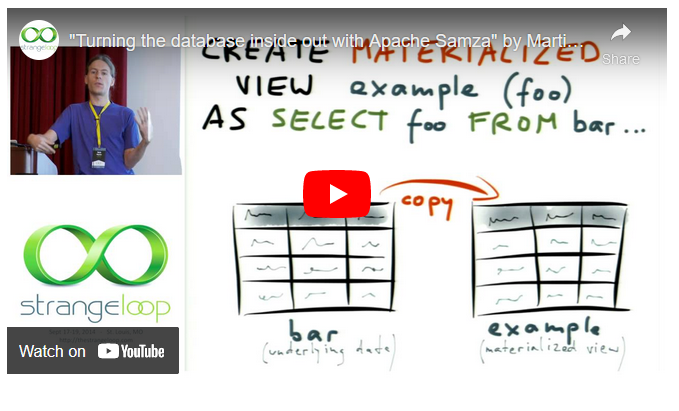Data fabric refers to a comprehensive and flexible data management framework that enables organizations to seamlessly integrate, access, and manage data across diverse data sources, locations, and formats. Data fabric is designed to provide a unified and consistent view of data, regardless of where it resides, whether it’s on-premises, in the cloud, or at the edge. It plays a crucial role in modern data architectures and is particularly relevant in the context of big data, hybrid and multi-cloud environments, and distributed computing. Here are key aspects and components that define the meaning of data fabric:
- Data Integration and Interoperability:
Data fabric solutions are designed to integrate data from various sources, including databases, data warehouses, data lakes, cloud services, IoT devices, and more. They enable seamless data interoperability, ensuring that data can flow freely between different systems and platforms. - Unified Data Access and Management:
Data fabric provides a unified layer for data access and management, allowing users and applications to interact with data regardless of its location or format. This abstraction layer ensures a consistent and simplified experience for data consumers. - Data Abstraction and Virtualization:
Data fabric abstracts the underlying data infrastructure, offering a logical representation of data. This means that users and applications interact with a logical view of data without needing to understand the complexities of the physical data storage or technology stack. - Scalability and Flexibility:
Data fabric solutions are designed to scale with an organization’s growing data needs. They accommodate new data sources, larger datasets, and changing requirements, making them suitable for handling big data and evolving data landscapes. - Data Governance and Security:
Data fabric incorporates features for data governance, security, and compliance. It provides controls for data access, authentication, authorization, encryption, and auditing, ensuring data is used securely and in compliance with regulations. - Real-Time Data Insights:
Data fabric enables real-time data processing and analytics by making data readily available for analysis. This facilitates data-driven decision-making and supports business intelligence initiatives. - Cloud and Hybrid Cloud Support:
Data fabric solutions are typically cloud-agnostic and can seamlessly operate in multi-cloud and hybrid cloud environments. They support data mobility, allowing data to move between on-premises and cloud resources as needed. - Data Resilience and High Availability:
Data fabric incorporates redundancy, failover, and data replication mechanisms to ensure data availability and minimize downtime in the event of failures. - APIs and Data Services:
Data fabric often exposes data through APIs and data services, making it easier for developers to access and interact with dataprogrammatically. - Use Cases:
Data fabric is used in a wide range of use cases, including data integration, data analytics, data warehousing, data migration, data governance, and more.
Data fabric is a crucial component of modern data architecture, enabling organizations to harness the full potential of their data assets, facilitate data-driven decision-making, and adapt to evolving data requirements in an increasingly complex data landscape. It provides the agility and flexibility needed to address the challenges of managing and utilizing data effectively.


